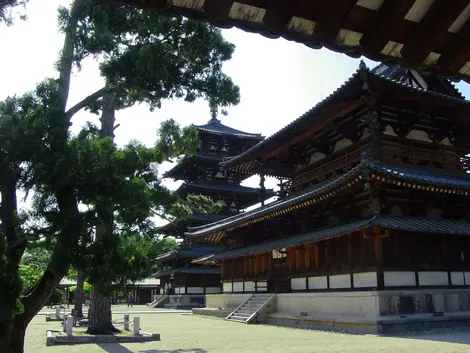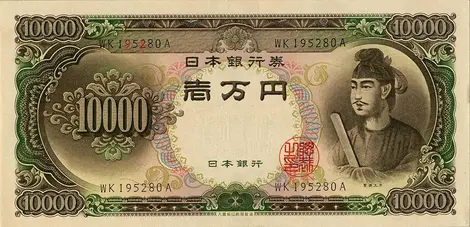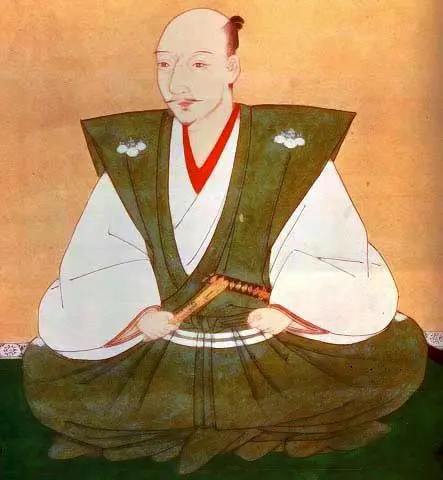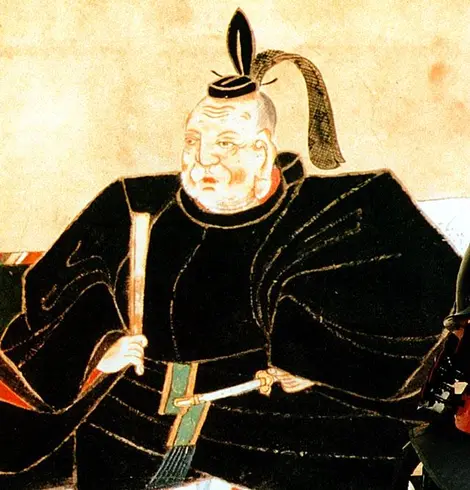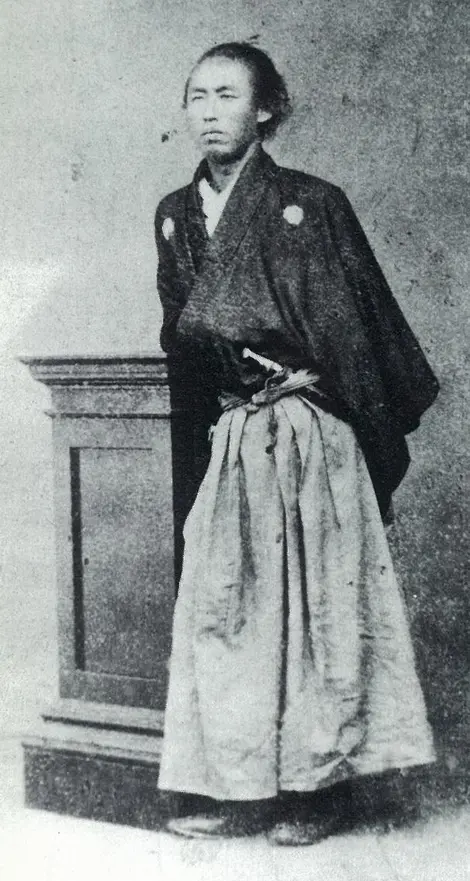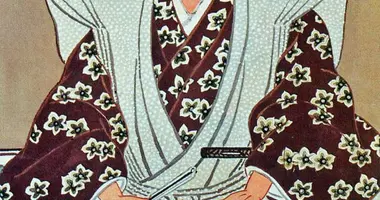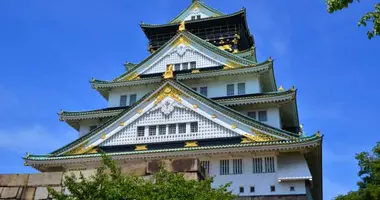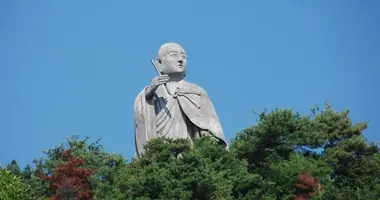5 Japanese Historical Figures
- Published on : 17/02/2016
- by : R.A
- Youtube
The great men of Japan
It is not easy to visit Japan without the knowledge of its historical background, which often confuses visitors. Here's a quick lesson of Japan's most significant figures and sites that linked to them.
Shotoku Taishi, the dawn of Japan (574-622)
Shotoku Taishi is a true legend. A prince who never ascended the throne, a great protector of Buddhism, and the father of Japan's first constitution.
It was Shotoku Taishi who brought Japan out of prehistoric times into a nation following the Chinese model. He is at the origin of Japanese Buddhist architecture and sculptures as he was the one who ordered the construction of the first Buddhist temple. Incidentally, he originated the term "Nihon" - English translation, Japan. Today, he is considered to be the father of Japan.
In the footsteps of Shotoku Taishi: go to Nara and visit the temple of Horyu-ji especially the octagonal building Yumedono "the dream of the halls", where they host the statue.
Kobô Daishi, the saint (774-835)
Kobo Daishi, or rather monk Kukai, is the most revered of Japanese Buddhists. He is the founder of the Tendai Buddhist school and became the spiritual leader of Japan.
His life is full of legends and miracles familiar to most Japanese. Note that his followers do not believe in his death. It is said that he simply went into deep meditation one day, therefore his body has been kept and protected by monks waiting for him to wake up.
In the footsteps of Kobo Daishi: visit his native island of Shikoku and experience the pilgrimage route of 88 temples on Mount Koya (where he rests).
Oda Nobunaga, the Japanese Napoleon (1534-1582)
Viewed as either the savior of Japan or an evil tyrant, Oda Nobunaga leaves no Japanese indifferent. It was he who started the movement of the reunification of Japan, leading to the ending of the civil wars or "sengoku- jidai" or feudal period.
Known for his ruthlessness and his violent death. In 1582, he was betrayed and trapped by one of his vassals and driven to suicide or "hara-kiri" just days before the military unification of Japan.
Today, you can visit the Honno-ji temple in Kyoto, the temple known for Oda's memorial.
Tokugawa Ieyasu, Machiavelli in the land of the rising sun (1543-1616)
Tokugawa Ieyasu was the first shogun of the Edo period and the victor of the final battle in Sekigahara, ending the civil war, and bringing peace for two and a half centuries. He is revered in Japan as the unifier of the country, the founder of Tokyo (Edo), and the father of the Edo period. He made his mark by imposing his ideas and his vision on the state he had formed.
You can visit his memorials in Nikko, or Edo Castle, in the heart of Tokyo. Also, why not visit his hometown of Shizuoka, which retains many historical objects depicting his life.
Sakamoto Ryôma, the beloved idealistic revolutionary(1836-1867)
He is not a figure of primary importance but has become in the eyes of the Japanese a symbol of the end of the shogunate and modernization movement of Japan.
Sakamoto Ryoma was a samurai, entrepreneur, revolutionary, and above all an idealist, who brought the idea of Meiji Restoration but was tragically assassinated before his time.
He is an icon that can be found in almost everything: dramas (TV series), manga, t-shirts, etc... it is common the foreign visitors to see his image frequently without even realizing it.
In the footsteps of Ryoma Sakamoto, rendezvous at the Teradaya hostel in Kyoto, where he was assassinated, or at Sanenzaka street or hill, where he was in hiding from the Tokugawa government.
Furthermore, visit his burial at the Gokoku Jinja temple, where he rests with the revolutionaries of his time.






